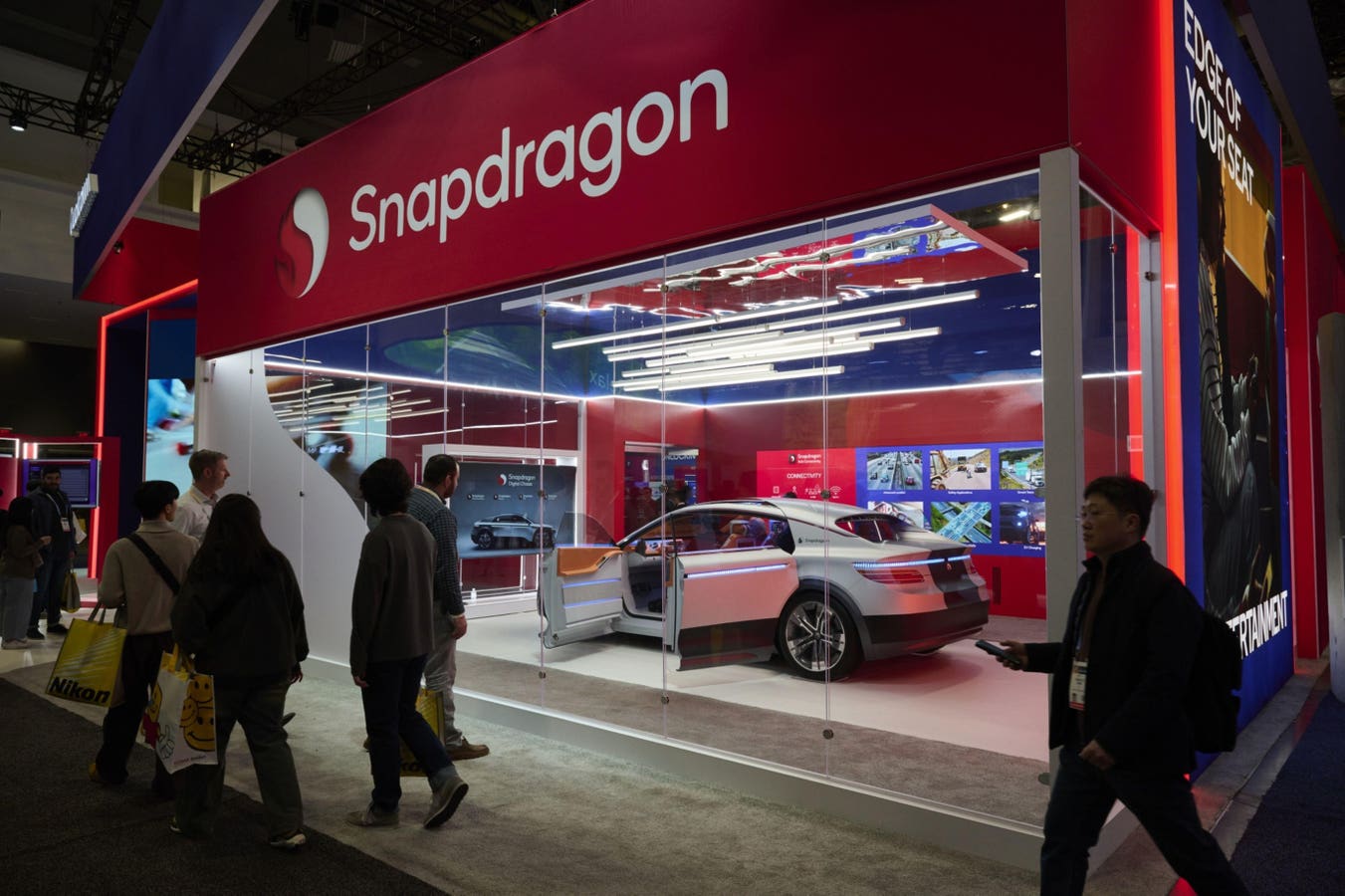
Qualcomm beat consensus estimates in its latest earnings release, delivering top-line revenue of nearly $10 billion. While most of Qualcomm’s revenue came from its mobile phone and IoT businesses, its most significant growth came from the automotive sector; Qualcomm reported automotive-related revenue of $598 million, up 31% year-over-year.
During its earnings call, Qualcomm CEO Cristiano Amon noted that 75 new vehicle models launched in 2023 that feature Qualcomm’s Snapdragon Digital Chassis. The new design wins add to Qualcomm’s substantial traction in the automotive space, with more than 350 million vehicles on the road already equipped with Qualcomm technology.
This widespread adoption underscores Qualcomm’s position as a leading partner in the automotive industry, a strength it’s leveraging for future growth. At the recent Consumer Electronics show, the company made a range of new announcements highlighting its work with partners to push further into the space.
New Bosch Partnership for ADAS & Infotainment
Qualcomm and Bosch jointly introduced a new central vehicle computer at CES, the industry’s first to run both infotainment and ADAS functionality on a single system-on-chip.
The new system uses Qualcomm’s Snapdragon Ride Flex SoC, designed to support mixed-criticality workloads. This SoC enables the integration of digital cockpit, ADAS, and automated driving functionalities on a single chip. The platform allows automakers to implement a unified, central compute and software-defined vehicle architecture across various vehicle tiers.
With the Flex SoC, Bosch’s vehicle computer can provide features like infotainment, vehicle lifecycle management, digital cluster, and ADAS functionalities, including object detection, automated parking, intelligent navigation, voice assistance, and processing for multiple sensors.
The platform from Bosch, backed by Qualcomm’s technology, firmly positions both companies in the automotive sector. It offers a cost-effective solution for automakers to include more ADAS functions in vehicles, particularly in the entry-level and mid-range segments.
Qualcomm & Salesforce Collaborate on Connected Auto Experiences
Just ahead of CES, Qualcomm and Salesforce announced a collaboration to transform automotive experiences by combining Qualcomm’s Snapdragon Digital Chassis solutions with the Salesforce Automotive Cloud.
This collaboration empowers automakers, fleet providers, automotive finance groups, and suppliers with advanced technology for crafting and delivering cutting-edge, personalized customer experiences. These experiences can be continuously updated throughout a vehicle’s lifecycle, aligning with the ongoing digital transformation in the automotive sector.
By combining vehicle data with first-party data such as website interactions, in-app usage, and purchase history, the collaboration aims to offer tailored experiences that strengthen the relationship between automakers and their customers.
Qualcomm and Salesforce are working together to enable automakers to provide immersive and personalized services using comprehensive vehicle and driver data. These services include real-time alerts, tailored offers, predictive maintenance alerts, and on-demand feature upgrades.
The platform aims to equip automakers with the necessary tools to customize service offerings for individual users and deploy these across their vehicle fleets, thus establishing a range of dynamically configurable, software-defined vehicles.
Analyst’s Take
Automobiles are fast becoming fully connected intelligent devices, increasingly equipped with new AI inference capabilities. The technologies leveraged by intelligent automobiles look like those that drive the rest of the mobile edge – a market dominated by Qualcomm.
Entering the automotive electronics market requires understanding how to deliver compute and communication capabilities to an AI-enabled mobile edge. Qualcomm’s legacy in mobile communication devices gives it a robust technological base upon which to build.
The segment also requires strong partnership skills, as collaboration across a broad ecosystem of enabling technologies is how platforms are built in the automotive industry. This is another area where Qualcomm’s long history in the partner-centric mobile market pays off; its recent announcements with Bosch and Salesforce show Qualcomm is executing exceptionally well in this regard.
NVIDIA is Qualcomm’s most comparable competitor in the ADAS and digital cockpit market, which is also aggressively pursuing growth in the sector with its NVIDIA DRIVE platform. NVIDIA disclosed in its latest earnings release that its automotive revenue was $261 million, less than half of Qualcomm’s revenue, and growing just 4% year-over-year.
While NVIDIA has unquestionable strength in AI, a critical capability in next-generation automotive ADAS and infotainment systems, it lacks essential communications and mobility capabilities–elements Qualcomm has spent decades developing.
At the same time, Qualcomm has demonstrated significant strength in its AI inference technologies, rivaling what NVIDIA delivers with its DRIVE platform. The company simply has a more complete solution.
Qualcomm’s increasing momentum in automotive demonstrates the company is effectively leveraging its deep roots in mobile technology to drive the future of automotive innovation. It’s a story to which partners and automotive OEMs alike are responding, resulting in Qualcomm’s 31% year-over-year growth in the segment.
As automobiles evolve into fully connected, intelligent platforms, Qualcomm’s expertise positions it to outpace competitors like NVIDIA, steering the company into a future where it promises to redefine the landscape of automotive technology. It’s a compelling story, one promising significant growth and diversification.
Disclosure: Steve McDowell is an industry analyst, and NAND Research is an industry analyst firm that engages in, or has engaged in, research, analysis and advisory services with many technology companies, including those mentioned in this article. Mr. McDowell does not hold any equity positions with any company mentioned in this article.
